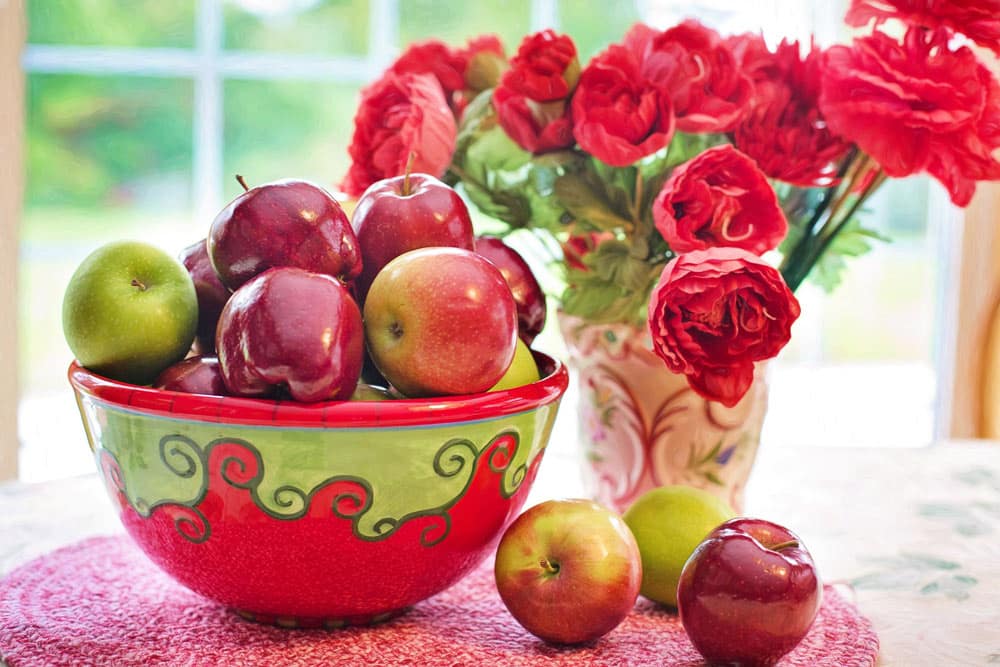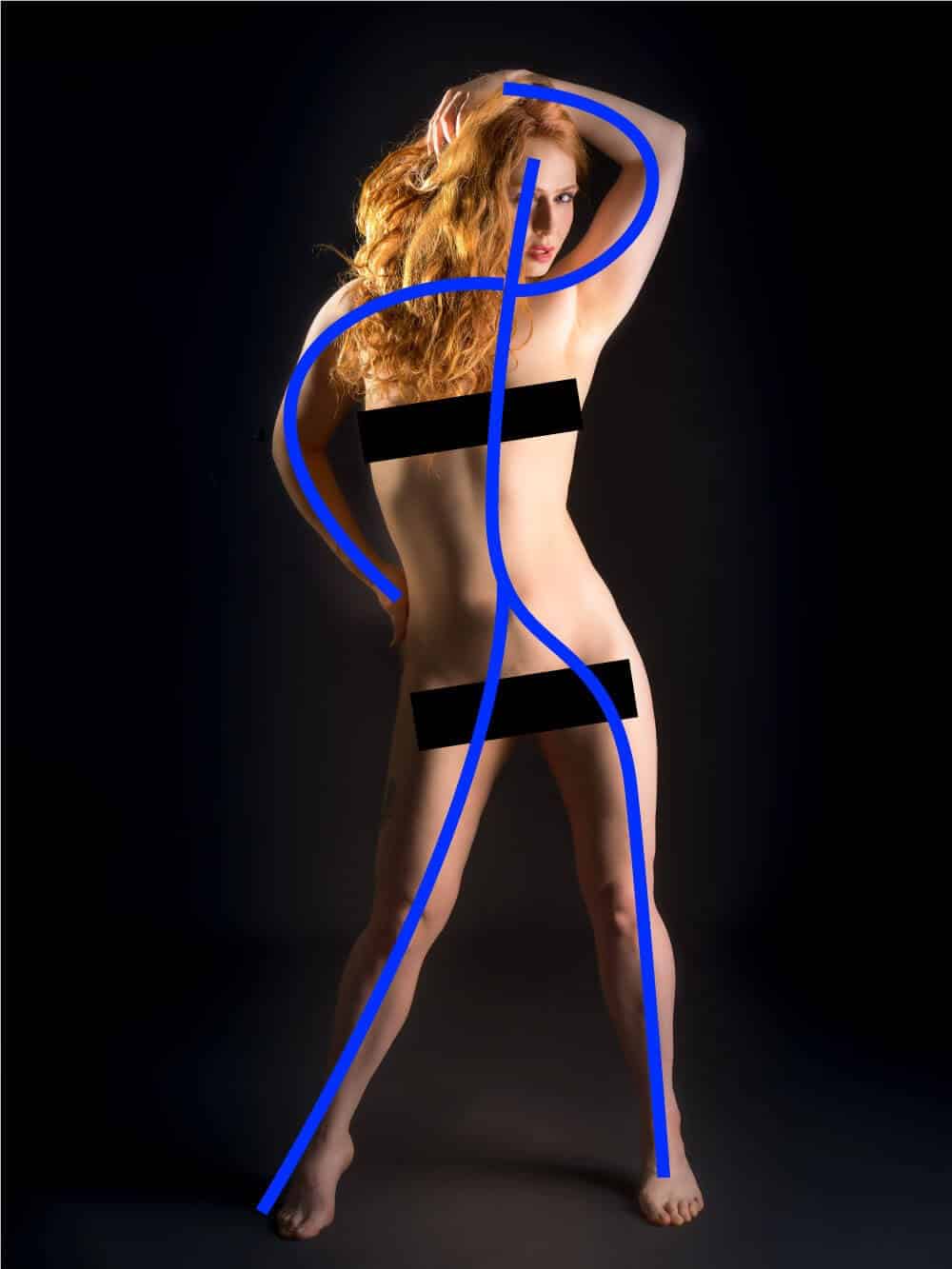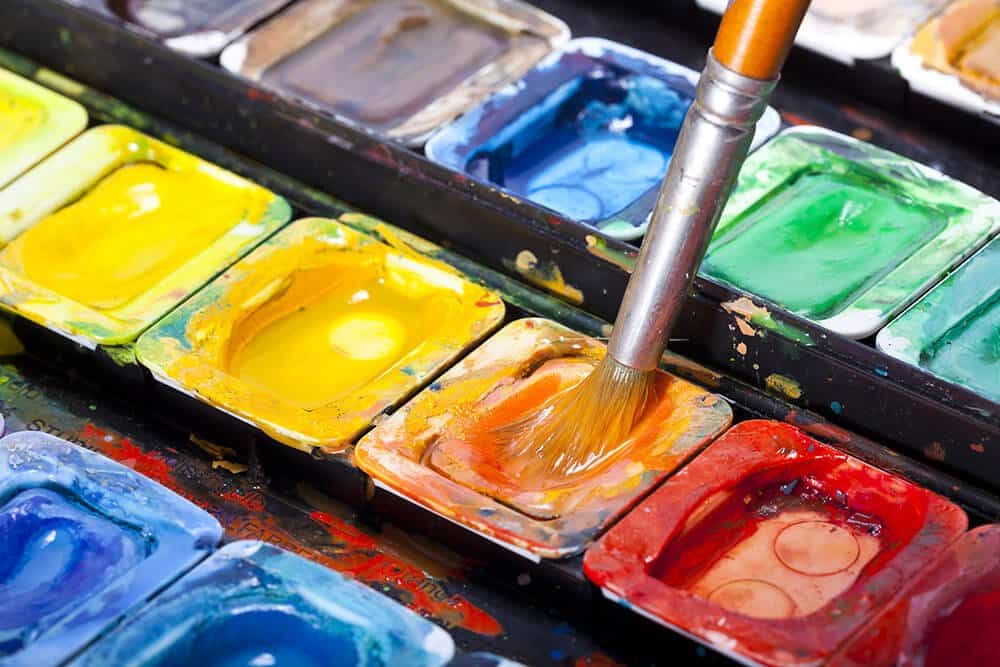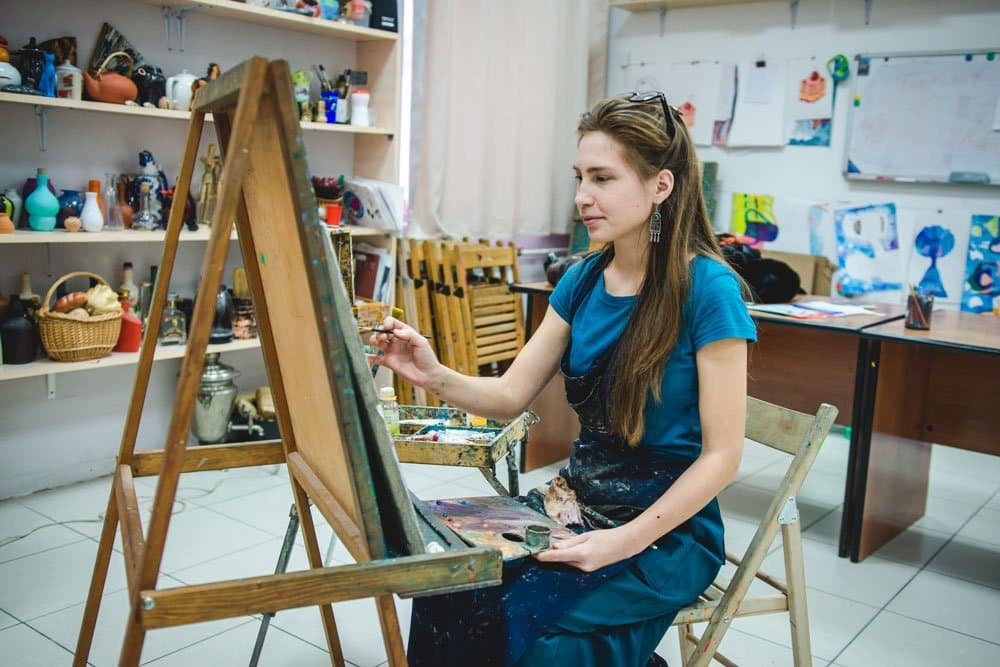You have chosen the medium you prefer, you have bought the art supplies you need, and have prepared the surface you’ll be painting on.
Now there is only one thing left to do before getting started: choosing the subject.
There is nothing scarier for an artist than facing a blank canvas.
No matter the subject you decide upon, you know it will take up hours of your creative time…
As such you want your subject to be something that truly inspires you. Ideally, it should also help you improve certain aspects of painting that might not be your strongest points.
Luckily, you don’t have to face the daunting blank canvas on your own.
We have compiled a thorough summary of things that can inspire you to get your creative hat on.
Let’s dive in:
Table of Contents
1. Trace The Steps Of History And Recreate Old Master Paintings
A great way to find inspiration can be by revisiting some iconic paintings from the true masters of this profession.
You could study one of those masterpieces and learn important painting lessons that helped the artist achieve that artwork.
Or you could opt to experiment and recreate it by changing a few things.
Either way, brainstorming ideas is just as important as painting. Set your tools aside and visit a local art gallery.
Or you could check out their websites beforehand to see if there are any art events you could attend and get inspired by.
The Met, The Art Institute of Chicago and Yale are some of the most iconic art galleries in the United States that regularly organize interesting exhibitions. Their websites let you easily search for any artist you like, while also allowing you to browse any of the scheduled events.

2. Transform Everyday Objects Into A Still-Life Painting
Many of those established artists that are now being viewed by millions at art galleries have started out by painting their surroundings.
To create a still-life painting you would normally take inspiration from everyday objects.
Even if the subjects appear uninteresting and not particularly beautiful, can still help you learn essential aspects of painting.
Try recreating some apples you have laying around, focusing on reproducing the shadows and highlights you can notice.
Mundane objects, like a coffee mug or a pencil, can also help you focus on improving certain painting skills.
You could practice painting transparency and distortion by using jars or bottles as your subjects. Your house is full of objects that could be in your next painting, including your own art supplies.
While you can strengthen your knowledge of the human body by using skulls and bones as your models.
A better understanding of human anatomy will be incredibly helpful when you’ll have to paint individuals.
If, instead, you are looking to practice mixing colors, flowers would be the perfect subject for it.
The huge variety of tones is set to get you studying on how to best achieve certain shades of colors.

3. Fast Moving Objects
If you feel like going outside helps your inspiration more, then leave your house and look out for any interesting items you could find on your journey.
Recreating curiously shaped objects might be a fun challenge for you to take on.
Observe the movements of the people and animals around you, pay attention to the way moving vehicles speed past so quickly you can barely see every detail.
Get inspired by local artists painting outdoor and recreating what they see in their own creative way.
Give yourself the task of painting fast moving objects by focusing on capturing only their essence.
The world is full of possible subjects you might enjoy painting, both in your living room and outside your front door. Looking for something more unique to get started? Then you might enjoy trying out the following options.

4. Unique Ways To Push Your Creativity
Inspiration can really come from many places, including popular online platforms like YouTube.
This site is full of hour-long screensaver videos, which work perfectly as a landscape study.
An image that never changes will help you focus on every detail, including movements, reflections and more.
Online you can also visit creative resources such as DeviantArt (or similar sites like DeviantArt) and Artstation, where you can browse thousands of digital pieces. It could be a fun and original challenge to try and recreate these artworks in a traditional medium.
When you find images you want to recreate, you don’t even need to follow any specific rules. Nobody tells you that you have to reproduce the whole picture, you could even just focus on a specific area.
One detail that has captured your attention the most and that you would like to recreate.
Additionally, you can have a look through some old family photos and see if there is anything you might enjoy painting. Reliving a pleasant memory might inspire you for your next artwork.
If thinking about what you would like to paint makes you feel stuck, then a good idea to get the creative juice flowing could be to think of what someone else might like.
Paintings make a great personalized gift, as such, you could focus on recreating something that friends or family might enjoy and surprise them with it.
Have you decided to paint a person but not sure where to get started?
We know of a few resources that can help you with that:

5. Understand The Human Figure On A Deeper Level
If you’ve never painted the human figure before, or if you have and weren’t fully satisfied with the results, then the secret is to practice.
Great painters before you have dedicated hours of their time to studying anatomy and gesture drawing.
Nowadays the internet offers thousands of resources for you to practice drawing people, without necessarily taking any art classes.
YouTube provides you with both videos of people posing for reference and videos of artists sharing tips on how to improve with gesture drawing.
If you prefer to take your time studying the human form, then websites such as QuickPoses.com and Line-of-action.com offer many static nudes photographed exactly for that.
The more you practice the more your future paintings of the human figure will look more realistic and fuller of life.
6. Beginner? Here’s A Few Ideas On Things To Paint
If you’re just getting started, it could be tempting to take on complex subjects to try and speed up your art journey.
While it might be tedious to start out by recreating one or two simple objects at a time, it’s what is going to help you learn the basics before you proceed with more difficult subjects.
Find some other simple paintings and use them as a reference, as you try to recreate them. They will help you understand how you too can achieve those effects and details, teaching you essential skills that you’ll need for your own future creations.
If you have ever taken an art class before, you’ll know that most will start by having you paint either fruit or vegetables.
That is because learning how to recreate simple shapes, studying lighting and colors are at the basis of every painter.
Same goes for simple household objects, which work great as the subjects for a still life. Even flowers or plants can help you learn the basics as you recreate them in your painting.

7. Painting Is All About Colors – Understand How They Mix
Understanding how colors affect a painting and how to best use them to bring the image to life is very important when making art. You wouldn’t want to spend hours working on something to end up seeing that the colors you chose give a completely different feeling from what you intended.
Start by practicing values and saturation, and learn how the colors interact.
Before you start working on the palette for your art, you should study the different types of colors to know how you can set the mood with the right color scheme.
If you’re still unsure about this, art websites such as WetCanvas offer extensive lessons on color theory and mixing. There you can read everything you ever needed to know about this topic.
8. Understand How Your Brush And Surface Interact Through Texture Practice
Experiment with different brushstrokes to obtain the effects that would best fit in with your painting.
Try out applying mediums to explore possible textures that might give the grass on your landscape a more realistic look.
Overall, don’t fear going over multiple surfaces as you experiment with paint, especially when you are starting out. For every layer you created, you have learned something new.
Trying out different textures, even if some of them don’t end up working, is better than never experimenting with paint.
9. Use Social Media In A Completely New Way
Social media platforms are homes to a multitude of artists that frequently share their work online.
Sites like Instagram and Pinterest are especially good to browse art in all of its different mediums and styles.
Other social networks you might already use every day, like Facebook and Twitter, are also excellent places to find other artists. Follow their pages and accounts to add some creative inspiration to your daily browse of those platforms.
Even a site like Linkedin, which is usually used for job seeking, can be a great place to explore artists’ portfolios and get inspired.

10. Stock Photo Aren’t As Boring As They Used To Be
If you’re not big with social media and Google Images alone doesn’t provide you the photos you were looking for, then stock photo sites might be your best option.
There you’ll find plenty of photos shared by professional photographers, all suited to be used as reference pictures or to get some inspiration.
Some of the most popular sites for that are 500px, Pexels, Unsplash and Pixabay. Then there are platforms like Behance which offer many portfolios to browse, both from photographers and artists.
Essential Supplies Before You Get Started Painting
Once you have decided on what to paint, you are pretty much ready to get started. Take time to go through your list of tools and ensure you have everything beforehand.
If you’re just starting out, you won’t need to invest in expensive professional grade products. The student grade paint is more than enough to start with.
As long as it’s of good quality, you will still be able to be as creative as you want and to get excellent results with it.
Beyond buying all the tools you need, you have to organize your set up so that it’s comfortable and well lit.
Get a comfortable chair to sit on if you plan on painting sitting down and if you intend to stand up, then get an easel that doesn’t make it hard for you to paint for long periods of time.
The lighting is also very important, considering that unnecessary reflections on your canvas can negatively influence your painting work. Make sure that the light doesn’t come from behind you, or you risk having shadows and sunlight get in the way. While if you are painting while it’s dark outside, equip your space with lighting that offers a natural light.
Ultimately, wear either old clothes or a protective apron to avoid covering any clothing dear to you in paint stains.
Most paints are difficult to get off clothes, so it will save you from any future worries if what you wear is either protected or not something you care about getting dirty.

Painting Is Fun
Painting can be a great hobby but it does take time and patience for you to get the results you aspire to achieve.
While constant practice is important to keep improving, you should never feel like painting is a chore, especially if it’s your hobby. It should keep being something you enjoy doing, that can be both fun and relaxing.
Don’t force yourself on painting a certain subject if it’s not what you like, paint something that makes you happy.
If you start feeling frustrated about the process, then take a step back.
Breathe and if you still feel the frustration, then maybe take a break. Painting is meant to be fun, always remember that.
At the same time, don’t get discouraged in front of your mistakes. Getting better at painting requires you to keep practicing, so don’t let a bad day of painting work stop you from continuing. Plus, you can always see your mistakes as some creative addition that personalizes the painting you are recreating.
Painting offers you plenty of room to experiment with texture, subject matter, color, lighting, underpainting and more.
Don’t be afraid to try out as many techniques as you want, you never know when you are going to find the style you most like.
More than anything else, don’t let perfection steal the joy of painting. You are creating art because you enjoy it, not to make flawless artworks.
Conclusion
Overall, getting inspired by something and finding the best next subject for your painting is not impossible. Whether you look for it by browsing the web, looking around your house or going outside, there is bound to be something that will capture your attention and make you want to recreate it.
Starting out with painting can be tough.
You feel overwhelmed by all the information and are limited to working with simpler subjects.
Remember that all the greatest artists have been in your same exact position and that masterpieces came from years of practice.
Don’t let mistakes discourage you and enjoy exploring the infinite world of painting styles to try out, subjects to be inspired by and textures to experiment with.